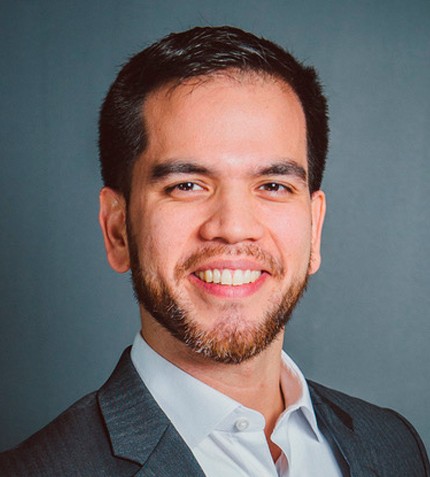
"Out of a global exploration budget of US$33 million, the majority will be allocated to Peru, leveraging off the new permit at Inmaculada."
Eduardo Landin
CEO, HOCHSCHILD MINING
Can you provide an overview of Hochschild Mining’s achievements during 2023?
In 2023, Hochschild faced challenges, especially at the beginning of the year, due to disruptions affecting national mining production. Despite setbacks, we surpassed our revised production target, achieving 300,749 oz AuEq. A notable achievement was reducing our accident frequency rate to less than one, a remarkable milestone given the underground nature of our operations compared to the broader mining industry.
We secured the approval for the Modified Environmental Impact Assessment (MEIA) for Inmaculada, enabling a further 20 years of operation with 262 hectares and 558 km of underground development. This success paves the way for a brownfield exploration strategy to incorporate new resources and extend Inmaculada's lifespan. Additionally, we confirmed the discovery of the Royropata deposit near Pallancata, with 50 million oz AgEq of inferred resources and, also in 2023, commenced the engineering and permitting processes for the new MEIA for the new deposit,
What are the challenges currently facing the Peruvian mining sector?
The longstanding challenge of streamlining the process for obtaining exploration and exploitation permits has shown positive signs under the current government. Private investment in mining has improved under President Boluarte and Otárola's leadership in the Council of Ministers.
In addition, Peru grapples with the pressing of combating illegal mining, causing severe environmental damage in the jungle areas. The need to eliminate this activity is crucial, not only for its environmental impact but also to formalize informal mining.
What is the current status of Royropata/Pallancata?
The permitting process for Royropata is expected to be more straightforward than Inmaculada's, benefiting from a more favorable political context and minimal impact from the COVID-19 pandemic. Furthermore, the project has a smaller scope. Compared to Inmaculada, Royropata has an estimated LOM and a projected output of 3.1 million tonnes at grades of 1.9 g/t Au and 515 g/t Ag, which will give 700,000 oz AuEq. The mineralization is approximately five meters in width, which will allow for cost-effective mechanized mining methods. Production is anticipated to commence in 2027 with an annual output of 100,000 oz. The initial CapEx is estimated between US$55-65 million, and all-in sustaining costs are expected at around US$1,100/oz, making Royropata an attractive investment for Hochschild with low initial costs and potential for significant cash flow generation.
What is Hochschild’s planned investment for exploration in Peru?
Out of a global exploration budget of US$33 million, the majority will be allocated to Peru, leveraging off the new permit at Inmaculada.
What has been the recent trend in the price of gold, and how has it impacted the operations of Hochschild?
The stability of gold, currently above US$2,000, reflects anticipation of interest rate reductions in the US and globally. Uncertainty about major currencies' value and socio-political risks drives a search for a refuge in gold. In this context, our priority is efficiency and preparation for both high and low price scenarios.
To address this, the company implemented a "Zero Cost Collar," placing 100,000 ounces of gold at a price range of between US$2,000 and US$2,252. If the price stays within this range, we receive the market price. If it falls below US$2,000, we receive this guaranteed figure and if it exceeds US$2,252, we receive the latter price. Although common in trading, this strategy is novel for the company and represents a proactive measure to manage exposure to the gold price, providing security in a fluctuating environment.
What is Hochschild’s approach to ESG?
We are working towards achieving level eight certification in the DNB safety system and implementing a comprehensive environmental management system across all units, prioritizing the prevention of any adverse event, even minor ones such as spills. We have set ambitious goals to be carbon-neutral by 2050, significantly reducing the use of freshwater through recirculation systems, and increasing local workforce hiring to 60% by 2030, along with a 20% increase in local procurement. Maintaining a minimum safety index and zero fatal accidents remains a priority.
What are your goals for 2024 and beyond?
In 2024, we aim to achieve gold production of between 343,000 and 360,000 oz, with costs ranging between US$1,470/oz and US$1,510/oz.
Our immediate objectives include progressing with the Royropata permit, collaborating with the government to modify the environmental impact assessment, and completing the construction of Mara Rosa, with commercial production expected in H1 2024. Additionally, we will execute exploration plans, focusing on extending the life of Inmaculada through brownfield exploration.











